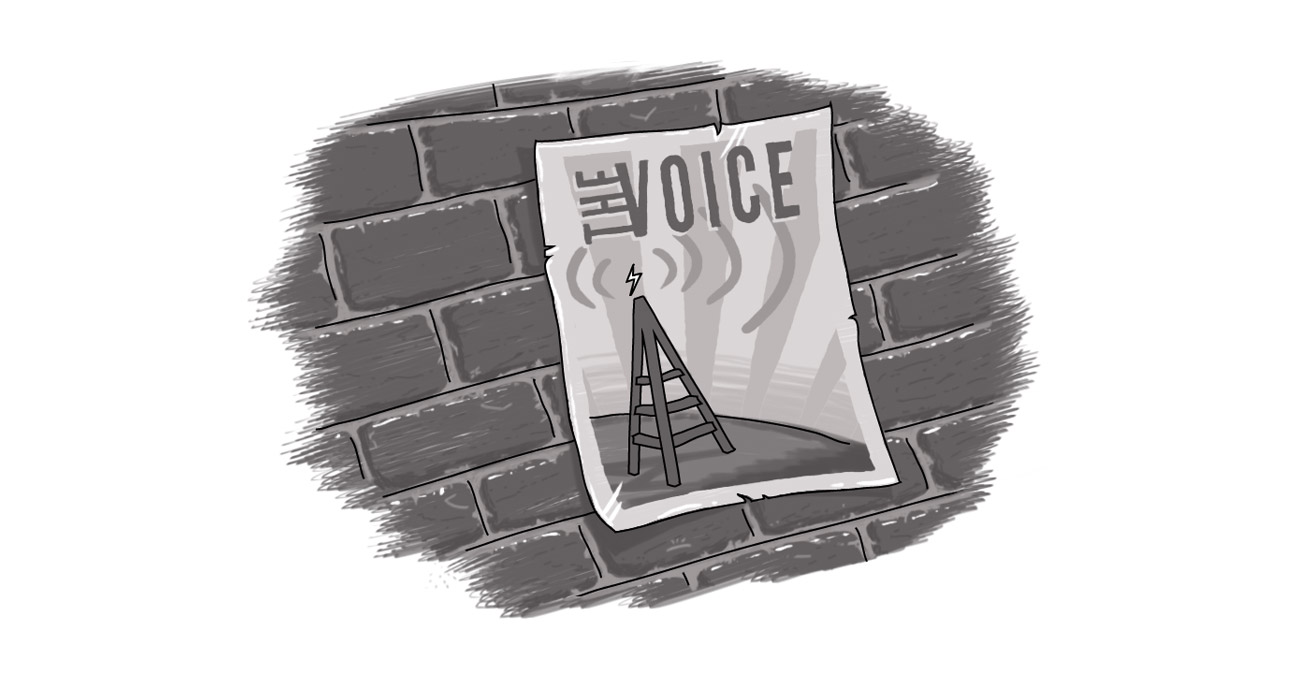Your Voice; Your Foundation

There is one thing that is integral to any good content strategy: The Voice.
The Voice has the potential to elevate credibility, solidify intent, and refine a message. However, The Voice also has the equal potential to undermine that credibility, obfuscate intent, and muddle that same message.
Your Voice is the façade for your enterprise. And, like any façade, it’s only as strong as the foundation upon which it’s built.
Back in the pre-Internet and early Internet days, The Voice was an easier thing to manage. For generations, business existed in a one-way communications vacuum, where one could manage messages through press releases, Web copy, and pre-fabricated interactions. The only time a business’ voice could come into question would be at the point of sale, where customer-facing employees could either uphold or damage your brand.
But that was then.
Now customers are no longer content to be talked at -- they want to interact and engage. Top-down communications no longer resonate; customers expect you will talk with them. And the idea business can control its message? Quaint. Now you must develop a strategy and allocate the resources to manage that communications strategy.
And the foundation of any good strategy? A consistent voice.
Your business’ voice must be easily replicated and consistent across all media and platforms. In large corporations this may mean multiple people with varying backgrounds, attitudes, and experiences must come together to speak in unison. A daunting task, for sure, but the easiest way to ensure success is to build your voice upon a foundation of the truth.
Developing your business voice should be a natural process -- and successful ones are. If you’re a sole proprietorship, it’s easy -- in theory. Develop Web content and interact through social networking as you would face-to-face with customers. You are your brand, so your communications and marketing efforts should reflect that. For larger corporations, you find a tone that reflects your brand -- but you have to be honest with who you are.
You can be fun and edgy; you can be calm and authoritative; you can be direct and to the point. It all starts with an honest assessment of who you are. After all, I don’t want my financial institution or local hospital cracking off-colour jokes. I want them to project an image of trust and authority. I don’t mind so much if my local restaurant is a little more flippant. You have to determine what your customers want, match it with the best parts of who you are, and then go for it! After all, the local undertaker may have a wickedly dark sense of humour (probably best to avoid any ‘gallows humour’ references), but when he’s representing a business it’s best to be a little more sombre in developing your content.
The Internet is a wasteland for innuendo, inference, and intent -- but what it’s great at is recognizing authenticity. Act fake and it’s a stain that will tarnish your on-line brand for a long time. Interact honestly and be yourself, and people will be naturally drawn to your authenticity.
It all comes down to The Voice. Sure, you may be able to project with a booming radio-esque voice, but people recognize it’s not real. You get the most response when you sound like yourself -- and it’s the easiest way to stay true to you and your business.
SUBSCRIBE TO OUR E-NEWSLETTER
 Subscribe
Subscribe


